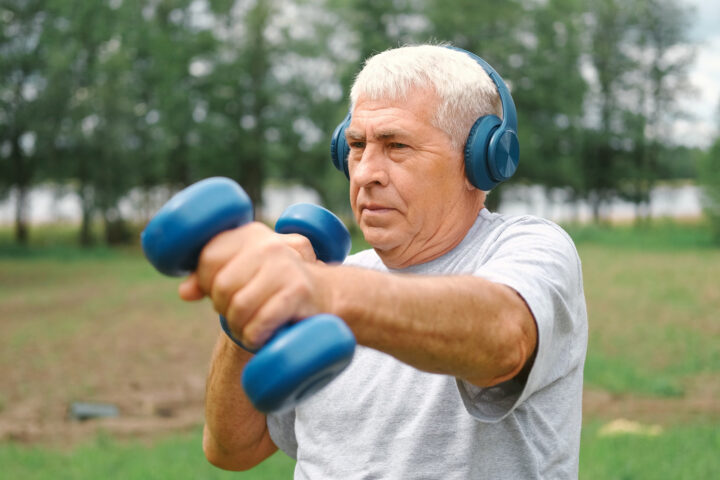World Bicycle Day is Here!
In celebration of World Bicycle Day, we delve into the remarkable interplay between exercise and human aging. Recent advancements in longevity biotechnology and exercise physiology reveal that physical activity does more than just keep us fit—it fundamentally alters our biology to slow down the aging process. Let’s explore how regular exercise influences our bodies at the molecular level and contributes to healthier aging.
The Molecular Symphony of Exercise
Recent studies highlight how exercise initiates a cascade of molecular events that benefit multiple organ systems. The Molecular Transducers of Physical Activity Consortium (MoTrPAC) has uncovered that endurance exercise causes a full-body molecular reaction, enhancing metabolic processes, and boosting the body’s resilience against age-related diseases. This response involves multiple biological pathways, including those regulating inflammation and cellular repair mechanisms (Nature).
Muscle Health and Aging
The Wellcome Trust Sanger Institute has mapped the human muscle’s response to aging, showing how exercise can combat muscle decline. This “muscle map” illustrates that regular physical activity promotes muscle regeneration and mitigates the effects of aging on muscle tissues. The presence of key proteins and cellular structures in active muscles helps maintain their function and delay degeneration (ScienceDaily).
Exercise and the Immune System
One of the lesser-known benefits of exercise is its impact on the immune system. Harvard Medical School research indicates that physical activity mobilizes immune cells to counteract exercise-induced inflammation. These immune cells, particularly Tregs (regulatory T cells), play a crucial role in reducing chronic inflammation. Inflammation, in turn, is a significant contributor to aging and related diseases (Home).
Brain Health and Neuroprotection
Physical exercise, especially aerobic activities like swimming, has been shown to enhance brain health. Research from the University of California, San Francisco, demonstrates that exercise alters brain chemistry to protect synapses, the connections between neurons, which are essential for cognitive function. Increased levels of brain-derived neurotrophic factor (BDNF) and other neurotransmitters foster neurogenesis, helping to maintain cognitive abilities and mental health as we age (ScienceDaily) (WEForum).
Practical Implications
Understanding these molecular and cellular benefits emphasizes the importance of regular exercise in promoting healthy aging. Here are some practical tips to incorporate exercise into your daily routine:
- Endurance Activities: Engage in regular endurance exercises such as cycling, running, or swimming to stimulate multi-organ benefits and enhance metabolic health.
- Strength Training: Incorporate strength training exercises to support muscle health and prevent age-related muscle decline.
- Consistency: Maintain a consistent exercise routine to continuously benefit from the anti-inflammatory and neuroprotective effects.
Conclusion
As we celebrate World Bicycle Day, let’s recognize the profound impact that regular exercise has on our bodies. From enhancing muscle health and immune function to protecting our brains, physical activity is a powerful tool in the quest for longevity and healthy aging. Embrace the science of exercise, and ride your way to a healthier, longer life.
For more detailed insights, refer to the original studies and articles from Nature, ScienceDaily, Harvard Medical School, and the World Economic Forum (Nature) (ScienceDaily) (Home) (ScienceDaily) (WEForum).












